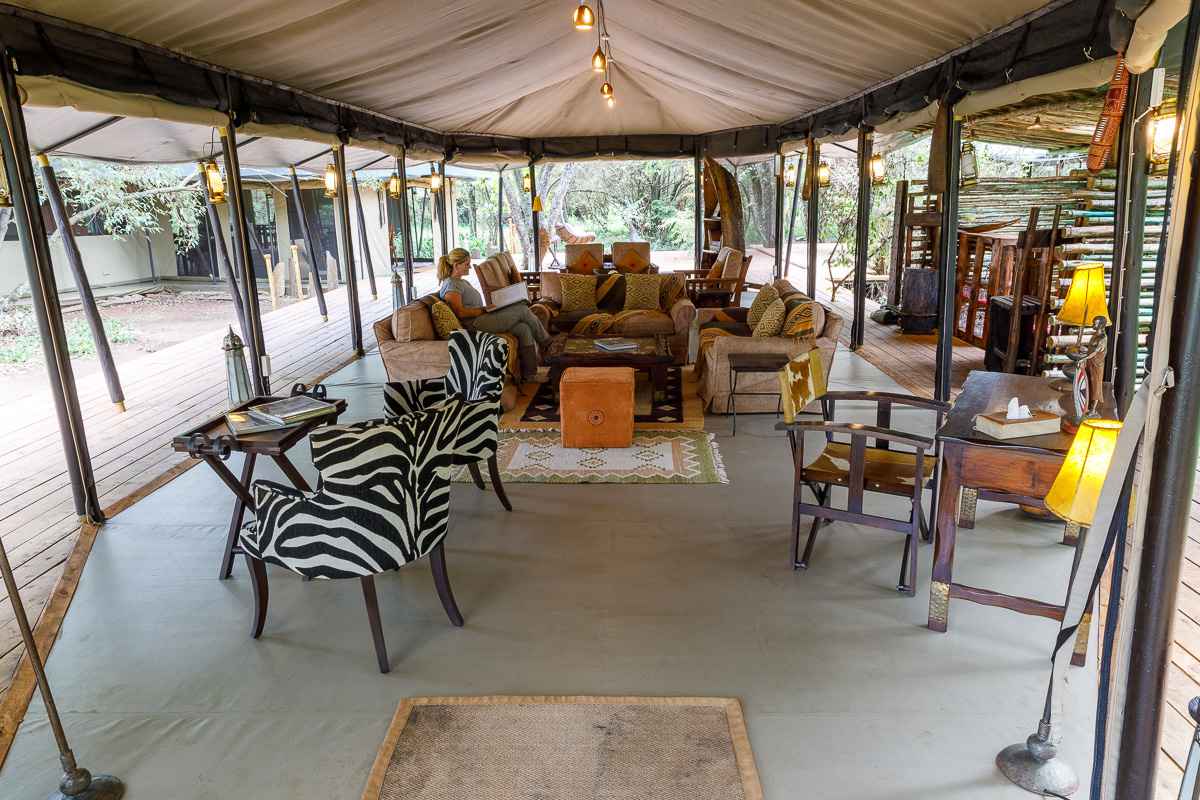
4 Days Soroi Barefoot luxury Mara
4 Days Soroi Mara Bush Camp The Soroi Mara Bush Camp is a uniquely special place to enjoy wonderful comfort as well as adventure and
With over 35,000 elephants, 1,130 bird species, and 1.5 million wildebeest, safaris are Kenya’s top attraction. Sunrise on the savannah, observing elephants by the river, and tracking elusive predators create unforgettable mornings. Each game drive is a unique adventure; no two days are alike. Kenya offers a range of safari activities, primarily the classic open-sided game drive, available in Kenya national parks. The day includes two drives – one at dawn and another in the late afternoon, as the midday sun makes animal sightings scarce when they seek shelter from the heat.

4 Days Soroi Mara Bush Camp The Soroi Mara Bush Camp is a uniquely special place to enjoy wonderful comfort as well as adventure and
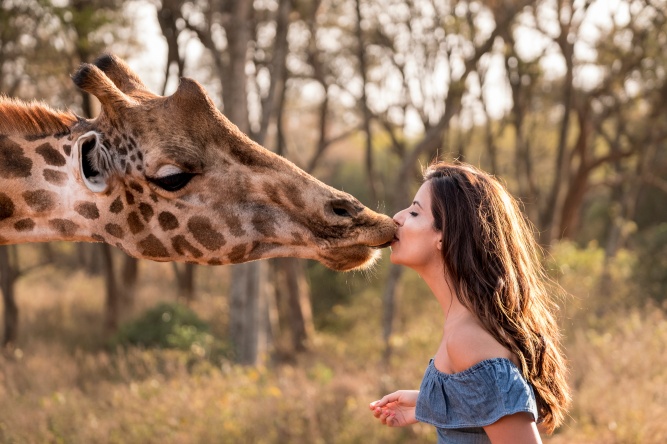
5 Days Giraffe Manor and Amboseli Luxury Safari This 5-day luxury safari is for travelers looking for a mix of wildlife, amazing landscapes, and unique
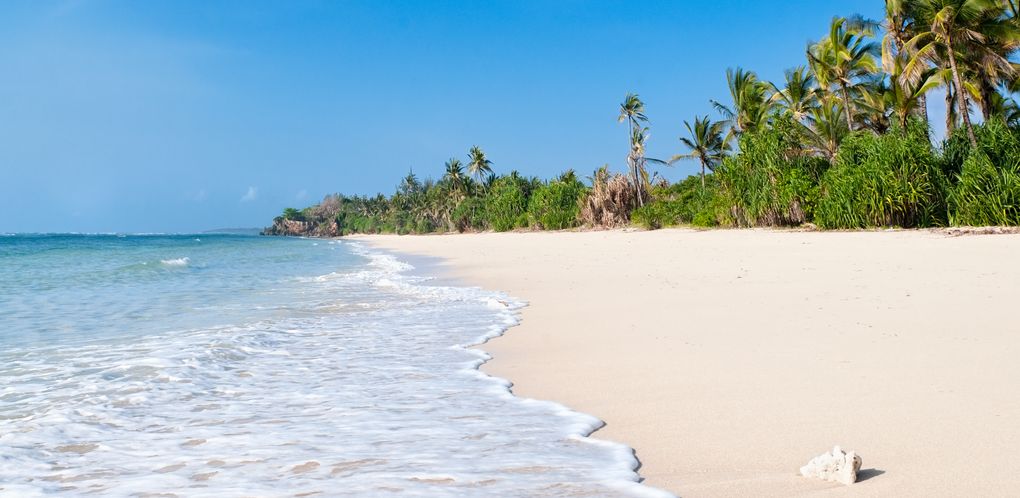
11 Days Luxury Kenya Bush and Beach Safari This Kenya safari is the perfect mixture of Kenya’s stunning wilderness and its relaxing coastal beaches. You
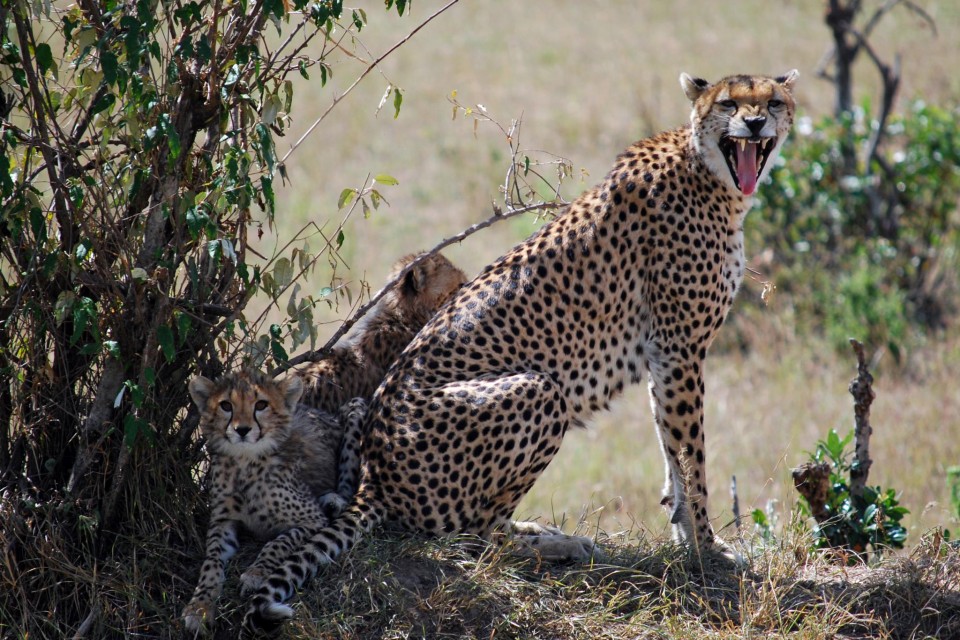
9 Days Full Kenya Highlights Safari Experience: An immersive 9 days safari through different landscapes and habitats. From the wild Tsavo West to Amboseli and

7 Days Wildlife Adventure Offbeat Kenya: Take a step out of the track for 7 days. Go on for 2 nights in the Samburu and
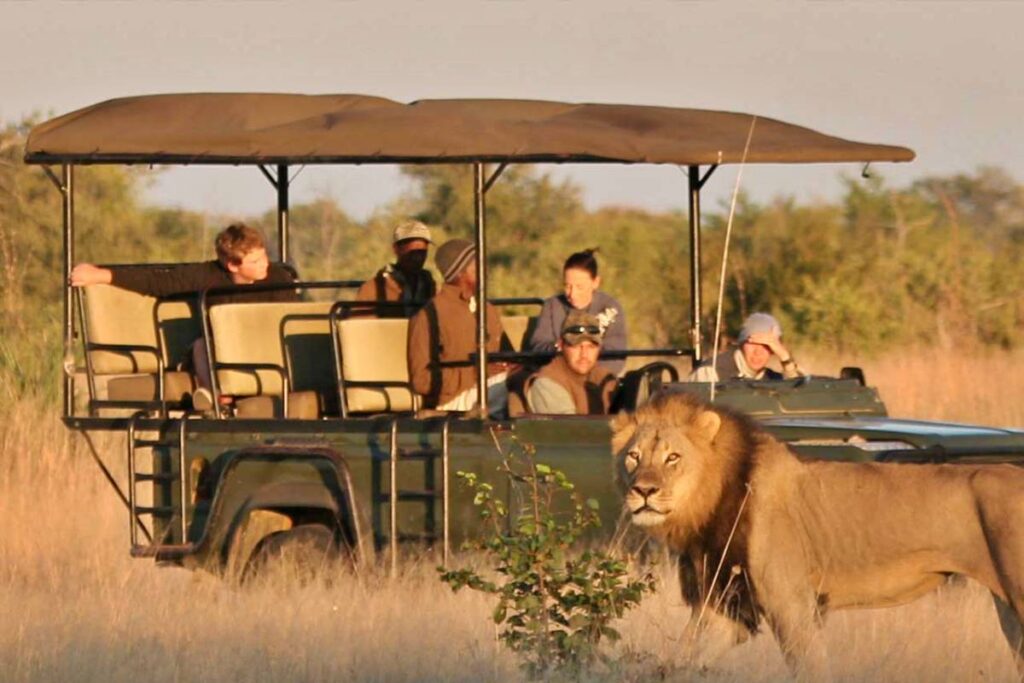
Uncover Kenya’s lesser-explored treasures on this journey, blending hidden reserves with iconic destinations, all while luxuriating in top-notch accommodations. It’s an adventure designed to unveil
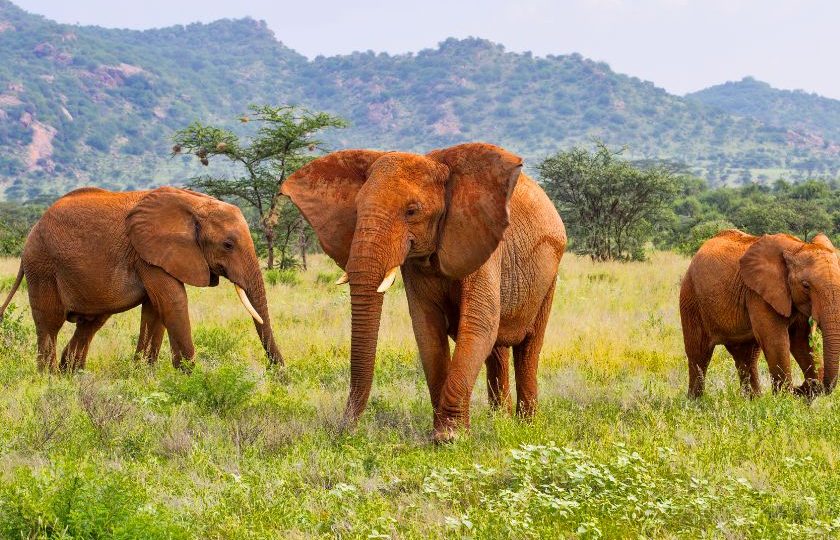
9 Days Kenyan Wilderness Nyumbu Escorted Odyssey: A 9 days voyage across the best wildlife destinations in Kenya. As always, Kenya’s beautiful tented camps will
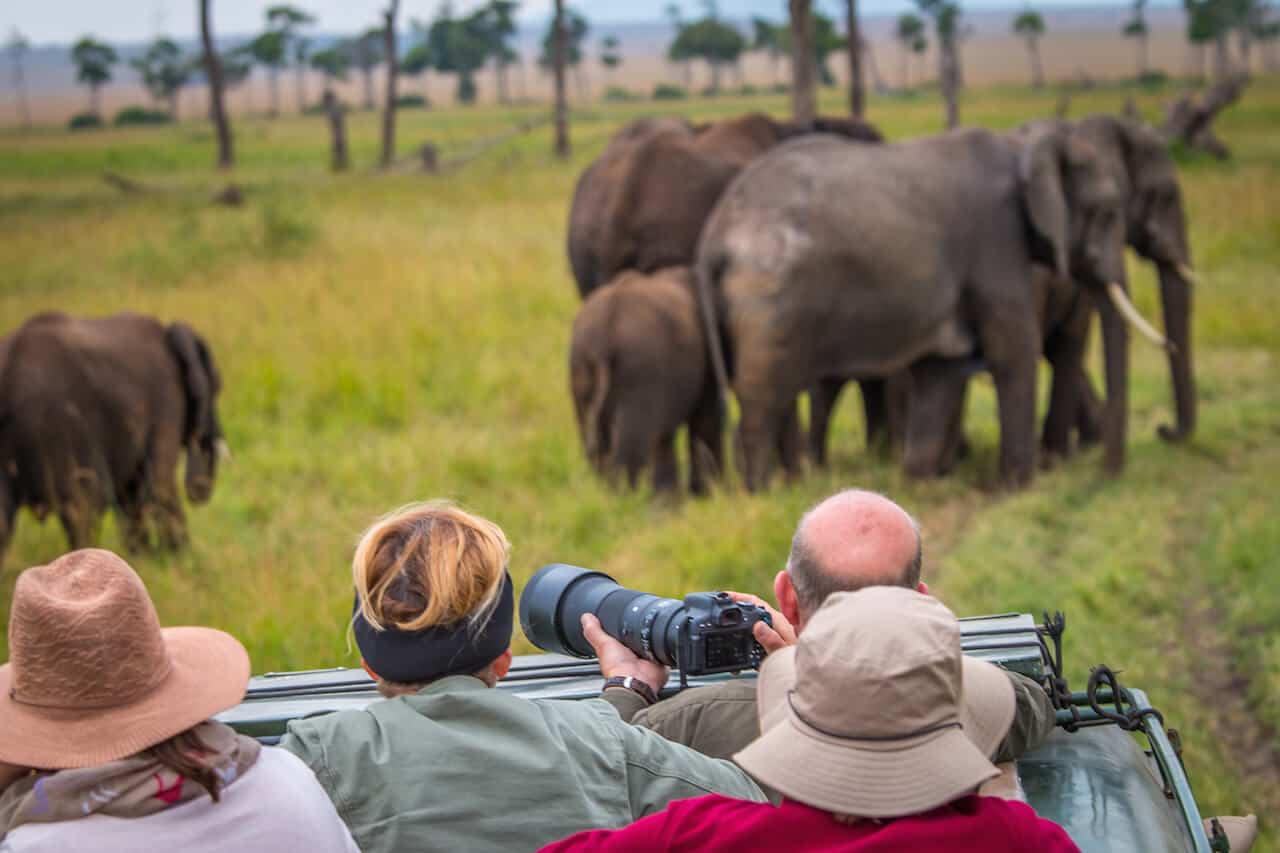
11 Days Magical Kenya Wildlife & Cultural Adventure: Embark on our 11 days magical Kenya wildlife and cultural adventure for a Kenya safari experience with
SAFARI
Watch the Wildebeest Migration
The Masai Mara is arguably the best wildlife destination in Kenya. The Masai Mara National Reserve is home to an exceptional amount of resident wildlife, including elephant, lion, leopard, cheetah, hyena, buffalo, giraffe and many more. On top of that, if you visit the Masai Mara between the months of July and November, you will get to see the famous wildebeest migration – an annual pilgrimage of over 1.5 million wildebeest!
Visit protected rhinos in Ol Pejeta
There are only two northern white rhinos left in the world! These are two female rhinos, named Najin and Fatu, who are protected and monitored 24 hours a day by dedicated rangers and caretakers in the Ol Pejeta Conservancy. Because of the species’ vulnerability, visiting the rhinos is one of the most popular things to do in Kenya. We would highly recommend it.
Adventure in the Laikipia Plateau
The Laikipia Plateau is located in central Kenya and is famous for its adventure activities offered. For families, it is a great destination to include in an itinerary as you can do tubing on the Ewaso Nyiro River, horse riding, camel riding, bush walks, quad bike safaris, mountain biking, helicopter rides, and fly camping. The accommodation varies from simple tented camps to luxury lodges around the plains.
Sleep under the stars in Laikipia
While much of the game viewing is done in the daylight, a night under the African sky should not be underestimated. With little to no light pollution, stargazing in Kenya is often people come home raving about. Although you can see the stars from the campfire at dinner, or walking back to your tent at night, how about sleeping in a bed that allows you to stargaze all night? In the Laikipia Plateau, there are plenty of options that facilitate this. Loisaba Star beds is probably one of the most iconic properties to do this as, as the name suggests, offers you a bed under the stars. The camp is made up of just four rooms, each with its own private wooden veranda. At night, your four-poster bed is wheeled out onto the veranda for you to sleep under the stars. Of course, the bathroom facilities are nearby and you have a mosquito net around the bed but you are essentially stargazing all night. Other properties offering stargazing experiences in the Laikipia Plateau include Sabuk Lodge and Segera Retreat’s Bird Nest room to name a couple.
BEACH
Relax on Diani Beach
Kenya’s southern coast is a haven of tropical paradise, and for those who are looking for a twin-center holiday, it is a great option for the beach part. Although there are beautiful spots across all of the Kenyan coastline, the beaches in the Watamu and Diani Beach regions are idyllic. In fact, we would say that Diani beach is one of the most beautiful beaches in all of Africa. But don’t just take our word for it – it has won the World Travel Award as Africa’s leading beach destination in 2019. There are a handful of fantastic hotels, boutique hotels and lodges to choose from along the Watamu and Diani Beach. Some of these include Afrochic, Alfajiri Villas, Hemingways Watamu and Kinondo Kwetu to name a few. The Indian Ocean is bright blue and inviting, and you can do a range of water sports here, including snorkelling, diving, kite surfing or heading out on a local dhow to enjoy the sunset.
CULTURE
Visit the Samburu People
The Samburu people are a semi-nomadic tribe who live in north and central Kenya including the Samburu county. The Samburu tend to their livestock every day, herding cattle, goats and sheep across a vast distance in search of fresh pasture. They also rely on their livestock for their diet, as they drink milk and blood from the cows. With this in mind, they are cousins of the Maasai people who live in southern Kenya and northern Tanzania. They are however, both very easily identifiable. The Maasai people usually have chequered clothing and shawls (red or blue). The Samburu people are very colourful in their appearance, and wear beaded earrings, bracelets and necklaces. The amount of jewellery worn represents the wealth of the Samburu warrior. There are many interesting traditions and ceremonies that are important to the Samburu people and it’s always worth visiting a tribe or village if you can. If you are visiting the Samburu National Reserve then it is likely that members of the staff in camp will be Samburu people, or come from nearby communities.
FAQs on Kenya Journeys
What are the best places to visit in Kenya?
Kenya offers a range of spectacular destinations that cater to different interests. If you want to witness the country’s wildlife, the Masai Mara National Reserve is world-famous for its annual wildebeest migration and is home to the iconic Big Five. If you’re looking for cultural experiences, explore the vibrant city of Nairobi and meet the local people to learn about the history and heritage. Another popular destination to visit on Kenya trips is Lake Nakuru National Park, where you can enjoy game drives to see gazelles, flamingos, giraffes, impalas, buffalo and the elusive leopard.
When is the best time to visit Kenya?
Kenya enjoys a warm climate throughout the year, but the best time to visit depends on what you want to experience on your trip. The dry season, from late June to October, is considered the best time for wildlife viewing as animals gather around water sources. The wet season, from November to May, brings lush landscapes and migratory bird species. If you want to witness the spectacle of the Great migration in the Masai Mara, between August and November is the best time, although the exact timings can vary due to the weather.
What wildlife can I expect to see in Kenya?
Kenya is renowned for its abundant wildlife and on a game drive through the national parks you could encounter the Big Five which consists of the lion, elephant, buffalo, leopard, and rhinoceros. There is also the opportunity to spot other game animals such as giraffes, zebras, cheetahs and hyenas. The Masai Mara National Reserve is particularly famous for its lion prides while Lake Nakuru National Park is home to a huge variety of bird species, including flamingos, ospreys, bustards and grey crowned cranes.
What cultural experiences can I expect during a Kenya tour?
Kenya’s cultural diversity is one of its biggest attractions, next to its wildlife, of course. The Maasai and Samburu tribes are among the most well-known indigenous communities in Kenya. Visiting local villages gives you the opportunity to learn about the people’s traditional way of life, including their unique customs and cuisine. Additionally, you could visit the lively city of Nairobi and the charming town of Eldoret to explore the local sights.
Do you need vaccinations to visit Kenya?
Although vaccinations are not required when travelling to Kenya, we highly recommend protecting yourself against the many diseases such as polio, tetanus, hepatitis A and B, cholera, typhoid, rabies, yellow fever and tuberculosis. You should also take malaria prophylaxis and your doctor can advise which ones you’ll need. If you’re travelling from a country where there’s a risk of transmitting yellow fever, you’ll also need a vaccination certificate before you travel. Ensure you bring protection for mosquito bites as they can cause the spread of dengue fever.
Do I need a visa for Kenya trips?
If you’re travelling to Kenya from the UK, EU or the US, you will need a visa to enter the country. You will be issued with an electronic visa but make sure you contact the consulate of Kenyan High Commission to check all the latest information and online application process. If you are visiting Kenya, Uganda and Rwanda on your trip, you can apply for an East Africa Visa which allows access to all three countries. You must always consult local governments prior to travel as visa requirements can change. We’ve included some relevant links below.
Australia: www.smartraveller.gov.au/destinations/africa/kenya
Canada: www.travel.gc.ca/destinations/kenya
United Kingdom: www.gov.uk/foreign-travel-advice/kenya/entry-requirements
USA: www.travel.state.gov/content/travel/en/international-travel/International-Travel-Country-Information-Pages/Kenya.html
What is the main cuisine in Kenya?
Kenya offers a diverse culinary experience with its vibrant and tantalising cuisine and the traditional dishes reflect the rich cultural heritage. One popular dish is Ugali, a stiff cornmeal porridge that acts as a staple in many Kenyan meals. It is commonly enjoyed with sukuma wiki, a dish made with collard greens, tomatoes and onions. Another famous dish is Nyama Choma, which is barbecued meat, often goat or beef, marinated in spices and grilled to perfection. Kenyans also enjoy foods such as pilau, a flavourful rice dish cooked with aromatic spices, and samosas, a fried pastry filled with savoury ingredients.
